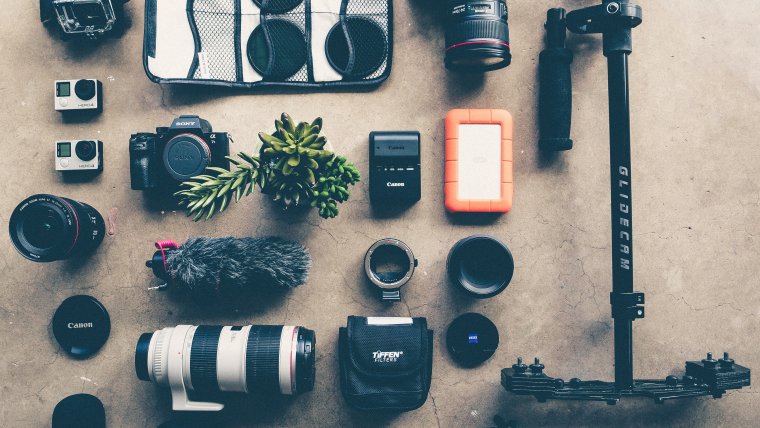
This is a guide to the most useful and common accessories that photographers own in addition to a camera body and lens(es). Below, there will be a brief description of each item as well as why its functions are invaluable to a photographer.
Table of Contents
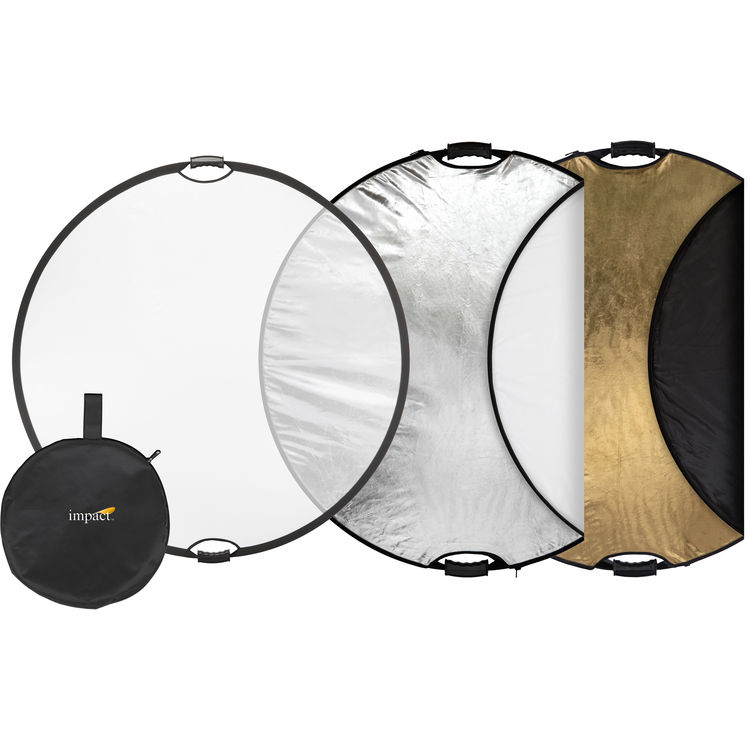
As their name suggests, reflectors are used to “reflect” or bounce light onto your subject. Usually, they are lightweight, portable, and collapsible. Reflectors come in many shapes and sizes, with circular ones being the most common. The ability to add extra light to your subject from the ambient lighting is a priceless one. For portraits, reflectors can act as a secondary light source and provide much-needed fill lighting. Another benefit of reflectors is that many of them have interchangeable covers which reflect light in different colors. Silver is the most common and basic color. There is also white, black, gold, and a softer white used for diffusing light. Depending on the scene, it may be beneficial to use a color other than the default silver. I highly recommend buying a 5-in-1 reflector that is about 40” or so. The versatility that having a reflector adds is well worth the investment.
are the accessory that most people would buy right after buying a camera and for good reason. Tripods are three-legged frames or stands that help support and stabilize cameras. It eliminates camera shake as a cause of blurry photos if used properly. Tripods also enable a photographer to take low shutter speed photos, for example of water flowing in a stream. Tripods are made from materials such as plastic, aluminum, and carbon fiber. They also come in all ranges of sizes from short to tall. This makes it possible to find a tripod within your budget range, no matter if it is large or small.
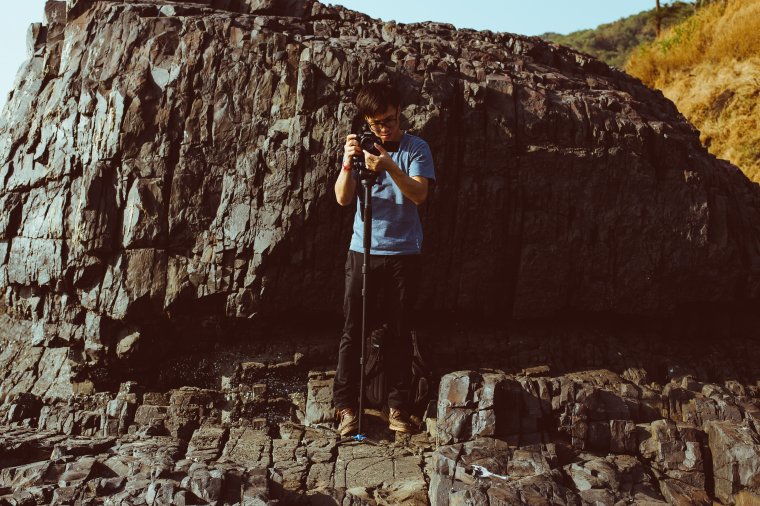
For those who are not keen on carrying a tripod on their photo journeys, there is the monopod. Monopods serve the same purpose as tripods, but are less effective because they only have one leg. Usually, this means that you’ll have to prop the monopod up against a wall, tree trunk, table, or something else that is sturdy. The pro of having a monopod over a tripod is its portability – monopods are smaller and weigh less compared to their tripod counterparts. If you are looking for a monopod for its portability, I highly suggest picking up a carbon fiber monopod. These can weigh as little as 1lb or .5kg! Of course, it won’t be the same as having a tripod. But monopods are definitely handy and can come in clutch when you need to take a low shutter speed photo.
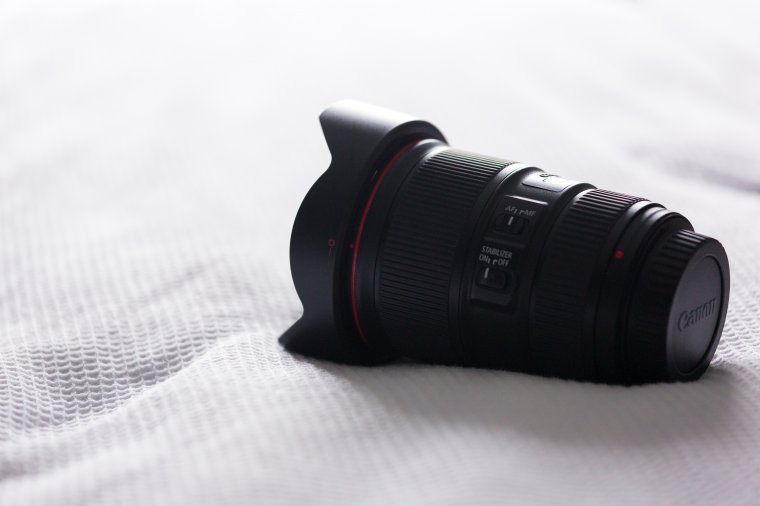
Also called a lens shade, these accessories attach to the end of the lens. They are used to prevent glare and lens flare from the Sun or other light sources. When light hits the front element from the sides, it actually lowers the contrast of the image. Therefore, a lens hood prevents this from happening. Another great benefit of having a lens hood attached is the protection it provides for the lens. If a camera is accidentally dropped with the lens hood attached, the impact may end up breaking the lens hood (usually made of plastic) instead of the lens itself. In general, lens hoods are recommended for most photographers. Especially if you shoot outdoors quite often. The only exception to this is if you primarily use wide angle prime lenses because the lens hoods for these lenses are quite small and don’t provide many benefits.
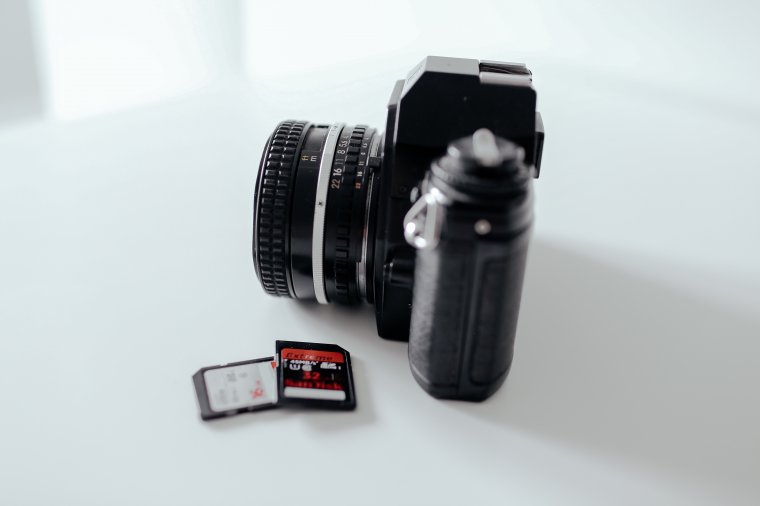
Every photographer’s worse nightmare is running out of battery or memory space while on a photo shoot. The simplest solution is, of course, to have spare batteries and memory cards in your camera bag. To determine how much spare batteries and memory cards to bring, I like to use the plus one rule. First, calculate how many batteries and memory cards you’d use at most in a single photo shoot. Then add one more battery and memory card, and you’re set! Of course, spare batteries are only useful if they are charged and memory cards only if they are formatted beforehand. Every professional photographer should invest in these accessories. The ease of mind that they provide is more than worth the price, especially when working on a professional paid photo shoot.
Happy shooting!
Comments (0)
There are no comments yet.